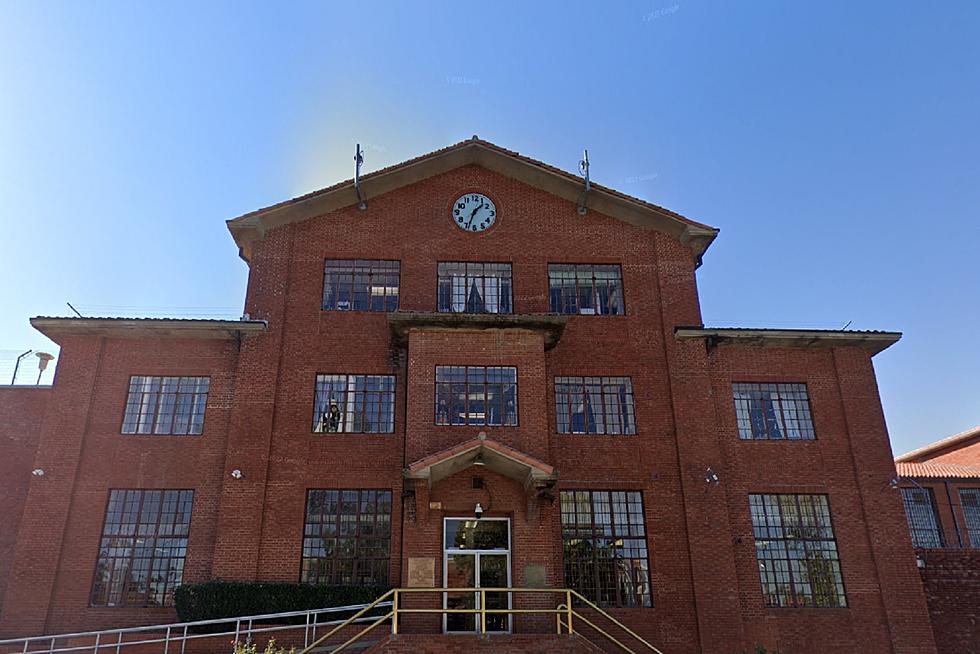
BNSF Railroading Employees? No Good Hours, Attendance Policy
BNSF is an operator of one of the largest railroad networks in the country, and they employ many people in Amarillo.
Their job is an integral part of the supply chain in the US...and they seem to know that.
So much so that they've implemented a new policy wrapped around the hours they work and how many days they get off throughout the year. This new policy however has created massive controversy within the company, so much so that their workers are ready to strike.
One problem there. A judge recently granted relief from a strike to BNSF, therefore the workers can't do that without risking their job and livelihood.
What exactly is going on at BNSF? WSWS.org sat down with one of BNSF's employees who detailed everything going on. Let's take a look at the issues at hand.
UNFAIR HOURS
This is where it all begins. A "normal" workday is considered to be eight hours of working time, with a 30 to 60 minute lunch provided. Now, in these travel types of jobs, such as railways or truck drivers, those hours have a tendency to be longer.
They have deadlines that need to be met, and they can only move at the speed at which they are allowed. Just like a speed limit on the highway or road, trains have a speed limit at which they can safely operate. They speed up too fast, they run the risk of running off the tracks.
The issue at hand is not how many hours they're expected to work in a single day, it's more about how much time they get in between their next job. According to David Manning, a locomotive engineer for the company, they are only guaranteed 10 hours between trips.
In other words, they could finish a long three or four day trip where they put in well over the eight "full time" hours, and barely get any time in between their next trip. Imagine getting finished with a trip, getting a chance to go home, fall asleep then wake up with enough time to shower and head out the door for your next three to four day trip.
Now compare that to your day. You go in to work at 8 am and leave at 5 pm. You get 15 hours in between your next shift, right? That's more than enough time to run some errands, spend time with the family, eat a meal, etc. and STILL get a good eight hours of sleep, right?
TIME OFF DURING THE WEEK
Now with all the hours in mind, how many per day they have to put in and how much they get off in between, I want you to think about one thing. You KNOW that you will get two days off in a seven day period, correct?
They don't. There is no guarantee of time off per week. They don't get a full-on weekend or anything like that. In a 31 day calendar period, they could end up with only three, maybe four days off the entire month.
One thing Mr. Manning mentioned was how difficult it is for those that are divorced and have visitation schedules with their children.
Say they're supposed to get their kids every other weekend. Well, they typically have to give up one of those weekends and hope they can see their kids for a full weekend. They miss their kids growing up and being a part of their lives.
VACATION/SICK TIME
So what if they want to take some time off or go on a vacation? According to Mr. Manning, that's nearly impossible to do.
BNSF runs on a "point system", and you're penalized for a myriad of different things. Depending on whether you want to take off a "high-impact" day or a "low-impact" day, you'll lose these points that you're given.
He says taking a high-impact day will cost you seven points. A low-impact penalizes you four points. BNSF determines what are high and low impact days. Days such as the Super Bowl are considered a high-impact day because so many people want to take it off.
Mr. Manning broke down just how complicated the system is for taking a day off, and how much it can quickly rack up against the employee.
He stated, "Let’s say I have a doctor’s appointment on Monday after Super Bowl Sunday. I have to take off Saturday to ensure that I can be there Monday. Saturday is another day that costs more points. I think weekend costs four points. Then, the high-impact day is on Sunday. There’s seven. So, now we’re at 11 points, and then I got to take off Monday, too, to be at the doctor’s appointment. We’re at 16 points right there. So, I’m almost halfway to being disciplined."
Imagine being halfway to being disciplined simply for finding a time to get into the doctor's office. Seems unfair right?
IS BNSF CREATING ILLEGAL POLICIES?
According to the two different unions that represent BNSF, yes the company is breaking labor laws. They have attempted to strike but were rebuffed by the courts as they said a strike would further disrupt the supply chain issue in the country and ultimately affect too many people.
However, if they continue with the policies BNSF has implemented, they run the risk of losing too many employees. Whether it be the simple fact that they don't want to work under these conditions or because they end up racking up too many point losses on the scale.
If the employees aren't around to fill the shifts, then a strike would be the least of their worries. They'll struggle to hire people as word of their practices will get out and potential employees won't want to work for them.
The battle will continue to rage on as the union attempts to get these policies changed, or is able to allow their workers to strike. Stay tuned for more.
If you want to read the entire interview WSWS.org did with David Manning, you can read it here, and I would highly recommend you do.
The Drive-In: Amarillo's Classic Drive-In Theaters, Past and Present
The Abandoned St. Anthony's Hospital on Amarillo Boulevard
More From Mix 94.1









